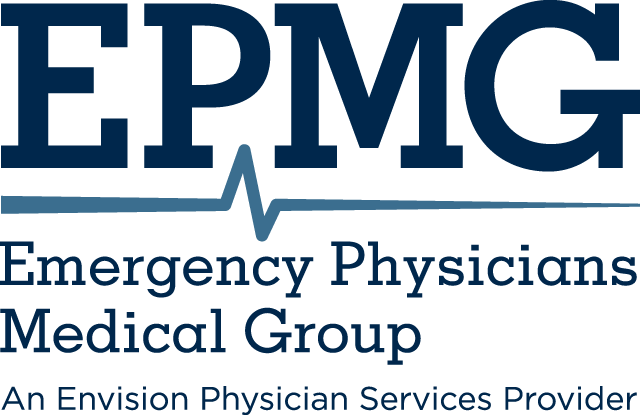Mind the (Knowledge) Gap: The effect of a communication instrument on emergency department patients’
Written By: Stefanie Simmons, Brian Sharp, Jennifer Fowler, Hope Fowkes, Patricia Paz-Arabo, Mary Kate Dilt-Skaggs, Bonita Singal, Thomas Carter
Published: Simmons S, Sharp B, Fowler J, et al. Mind the (knowledge) gap: The effect of a communication instrument on emergency department patients’ comprehension of and satisfaction with care. Patient Education and Counseling 2014;98(2):257–262
Highlights
•A communication tool was developed through focus groups and a pilot study was performed.
•The novel tool, the “MyInformer”, was then evaluated in four Emergency Department settings.
•Patient satisfaction with communication and comprehension of care was not affected.
•Greater comprehension defects were seen in elderly and extremely elderly patients.
Abstract
Objectives: We developed a communication instrument to be used in the Emergency Department (ED) and hypothesized that use of this guide would increase patient comprehension of and satisfaction with care.
Methods: This multi-site trial enrolled 643 patients in treatment and control groups. Comprehension of care was assessed by chart review and satisfaction measured via validated survey.
Results: Use of the instrument was not associated with improvements in patient knowledge about their care, with a mean of 4.6 (95% CI: 4.8–5.8) comprehension defects in the control group and 4.4 (95% CI: 3.9–4.9) in the treatment group. There was no significant effect on patient satisfaction 76.4% versus 76.9%, p = 0.34. Elderly patients in both groups were found to have 1.1 (p < 0.01) more knowledge gaps than younger patients.
Conclusion: Patients frequently misunderstand medical care in the ED. Comprehension decreases with increasing age. An isolated communication instrument does not improve satisfaction with or understanding of the care received.
Practice implications: Providing a structured place for providers and patients to record details of care does not seem to improve satisfaction with or comprehension of care. Interventions that focus on communication skills and face time with patients may prove more effective.



























